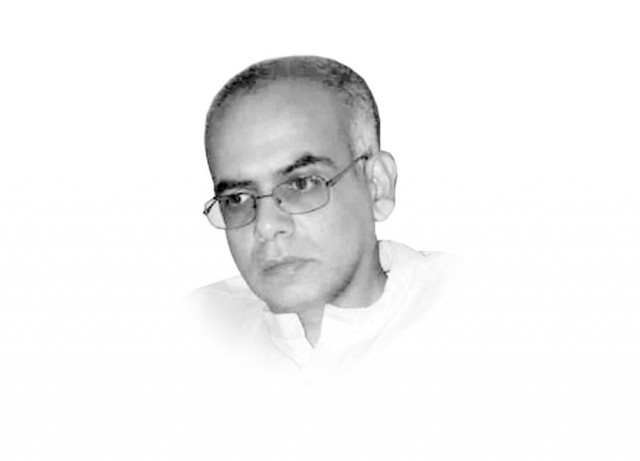The fragility trap
Conflict is exacerbated by economic stress, and conflict in turn undermines economic growth

There is growing empirical evidence linking macroeconomic instability and conflict. Conflicts have direct economic costs on multiple fronts. The cyclical relationship between conflict and economic stress is what is often described as a fragility trap, a problem which afflicts many fragile nations around the world today. On the one hand, worsening economic conditions exacerbate or catalyse violence, and on the other hand countering the violence requires economic investment which in turn continues the cycle of dampening economic prospects by diverting financing from where it would be most beneficial.
A recent IMF paper titled ‘Macroeconomic shocks and conflict’ provides further data concerning the macroeconomic origins of conflict. Based on a sample of 133 low-income and middle-income countries over 30 years, the paper examines the extent to which changes in a country’s commodity terms-of-trade (ToT) impact the incidence and intensity of conflicts. Commodity TOT basically represents the ratio between a country’s export prices and its import prices, which in turn has an impact on national incomes.
Based on the analysis of the large amount of data, the IMF’s paper concludes that sudden declines in ToT lead to an increase in the number of conflicts and the intensity of conflict. The impact of the resulting decline in national incomes is especially severe in low-income, already conflict-ridden countries, and in countries where there is higher inequality. Fiscal policy constraints resulting from diminishing incomes due to countries getting less money from exports and paying more for imports also weaken the capacity of a state to prevent conflict or mitigate its economic fallout, which then leads to more violence.
Such findings reconfirm the fact that conflict is exacerbated by economic stress. Of course, conflicts occur due to complex interactions between political, social and economic factors. Economic stress often acts as a catalyst for social and political friction descending into violence, or else, to worsen existing conflict. Economic factors, such as lack of employment or inadequate pay, incentivise individuals to participate in non-productive activities such as violence, especially if resorting to violence offers them a chance to gain some immediate benefit, or even offers them the distant hope of changing their circumstances.
The IMF conveniently prescribes use of market-based efficiencies which, coupled with its own external loans, is meant to help troubled states improve their situation. However, the IMF does not question the global economic order which has been pushing liberalisation on poorer countries for decades, enabling MNCs to extract cheap labour and raw materials from these resource-starved nations to make astronomical profits.
Commodity price volatility is also a big problem for a third of the global population which is still dependent on the production of primary commodities like rice, cotton or other raw materials. Similarly, 70% of so-called developing countries rely on exporting primary commodities to earn foreign exchange. Yet commodity prices for primary goods are very volatile, and the prices of primary commodities keep falling relative to the prices of manufactured goods. These lopsided ToT make it increasingly expensive for poorer countries to invest in technology and purchase finished goods. It is thus not a surprise that poorer countries, and the poorer families within them, continue grappling with the dual problems of low returns and high risk.
Scholars have put forth the ‘unequal exchange theory’ which explains how economic growth in rich and powerful countries remains highly dependent on appropriation of resources and labour from the poorer post-colonial countries. The value of appropriated resources by rich and industrialised countries amounts to trillions of dollars annually, and the amount of aid provided to the ‘developing world’ pales in comparison.
Yet, the IMF pays little heed to the unequal and unfair nature of commodity pricing, and instead aims to help poor and conflict-ridden countries by encouraging them to take more loans, often meant to accelerate the process of unequal exchange.
Published in The Express Tribune, June 2nd, 2023.
Like Opinion & Editorial on Facebook, follow @ETOpEd on Twitter to receive all updates on all our daily pieces.













COMMENTS
Comments are moderated and generally will be posted if they are on-topic and not abusive.
For more information, please see our Comments FAQ